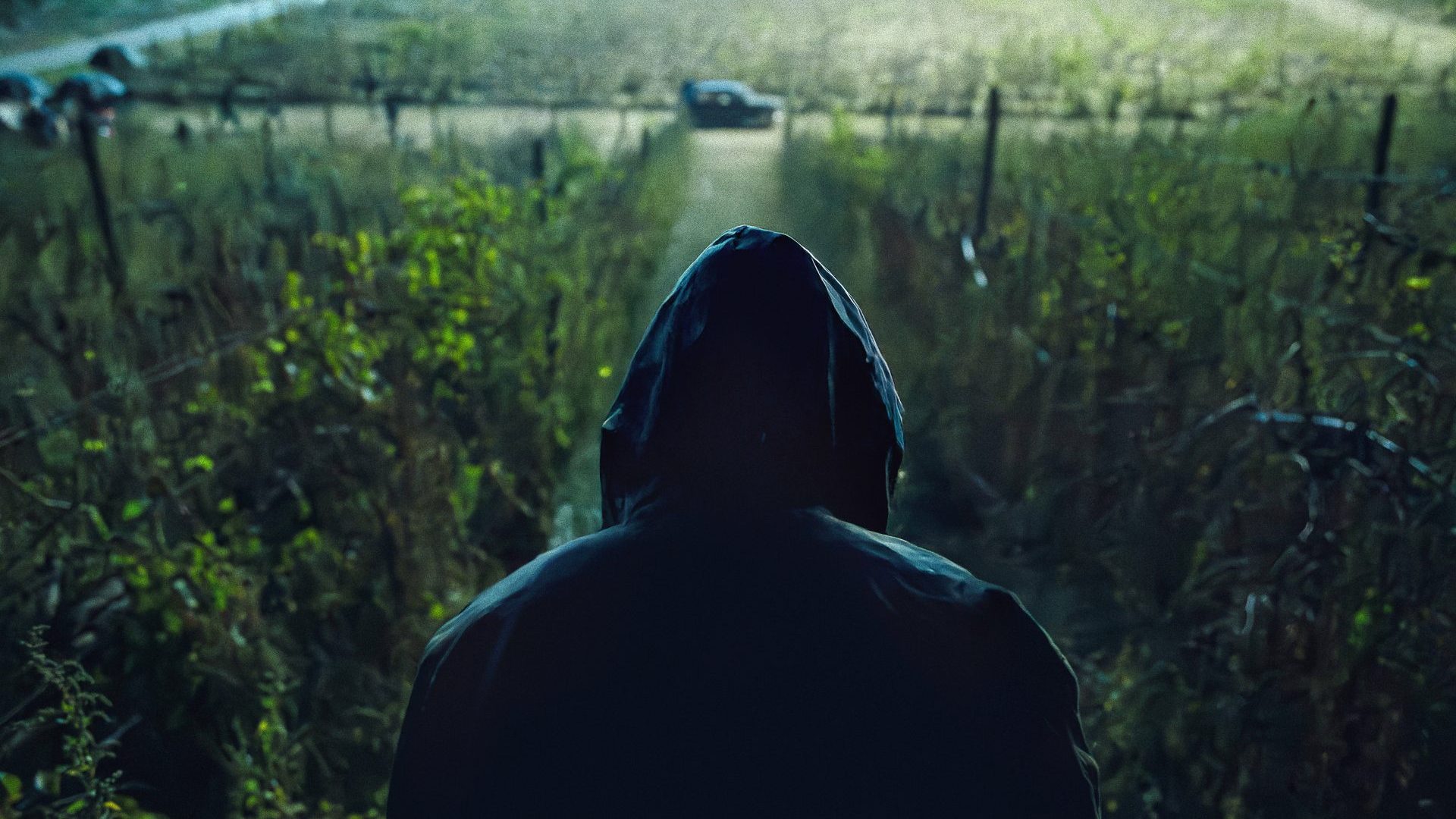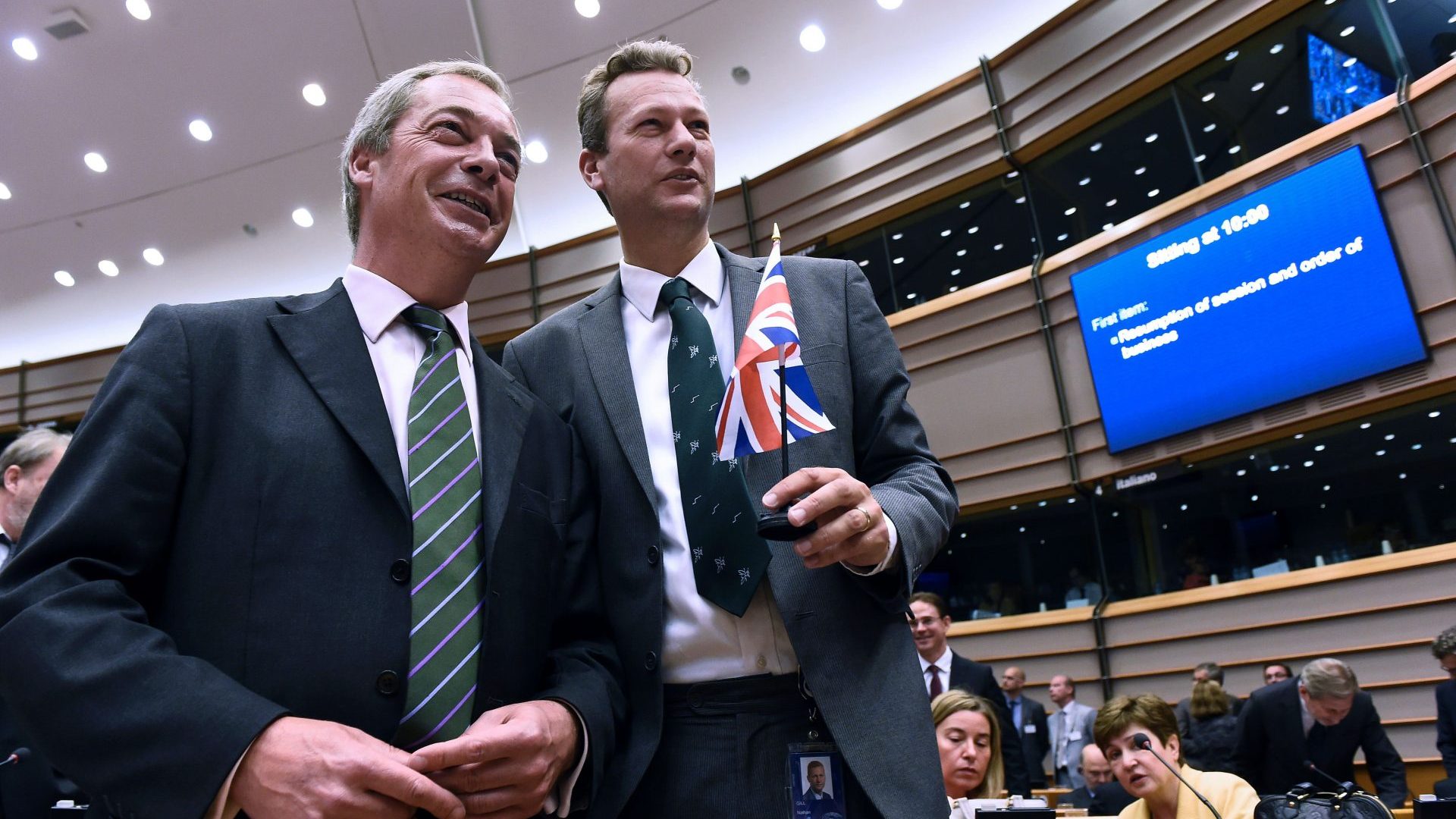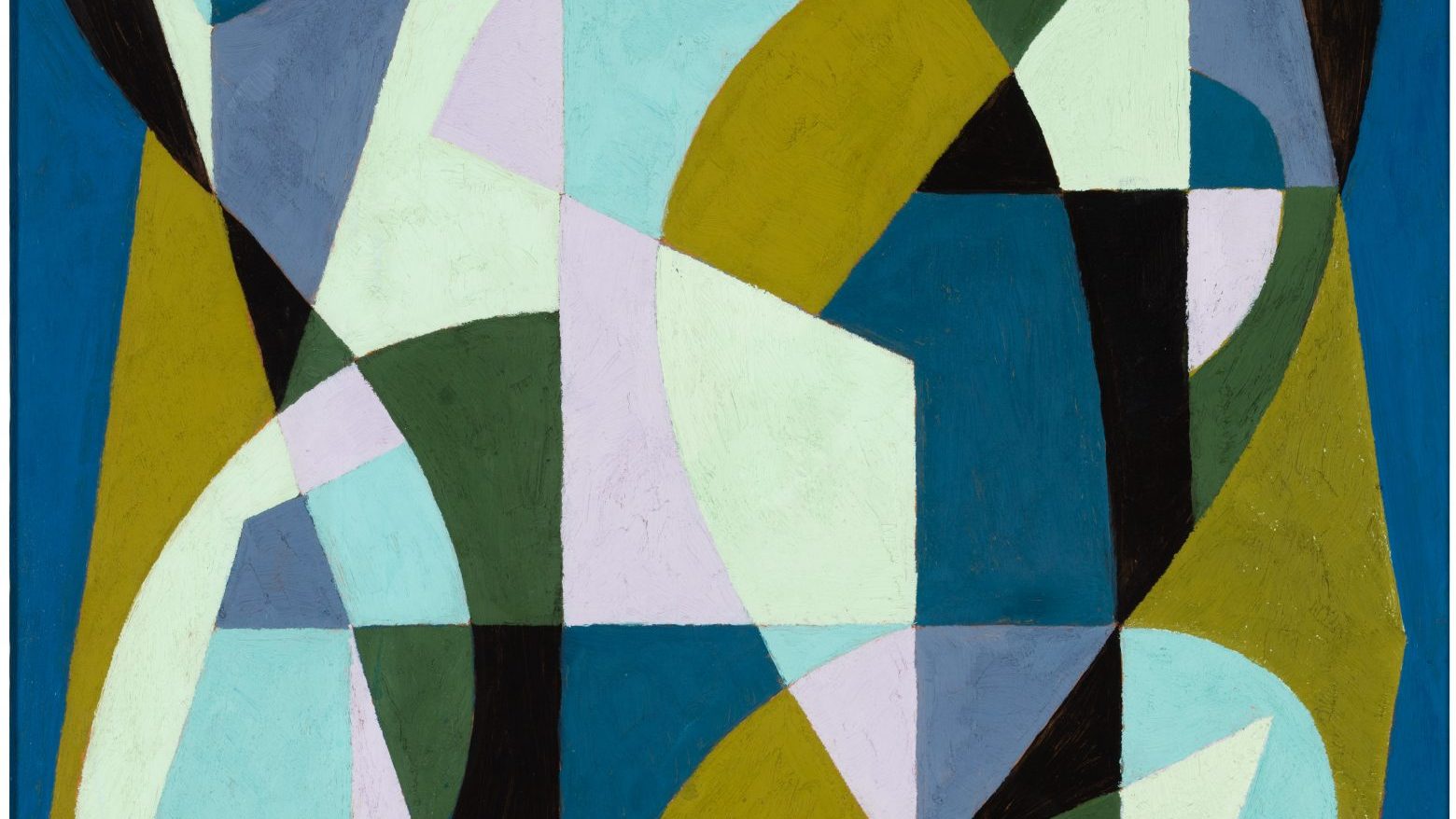The name of the day has an “A” in it, so there must be another true crime drama dropping on Netflix. Killers are making a killing for streamers, with Ryan Murphy’s murder-porn Monster series devoted to Jeffrey Dahmer, the Menéndez brothers and now Ed Gein, as well as a mini-industry of shows and films about Ted Bundy. Meanwhile, a series of documentaries on our Fred West and the Yorkshire Ripper prove that we Brits can also monetise the aftermath of male violence as highly questionable entertainment.
It’s an uncomfortable trend. So why am I sitting in the comfort of the Excelsior Hotel on the Lido in Venice opposite Stefano Sollima and Leonardo Fasoli, creators of a new Italian limited series called The Monster of Florence, about the most notorious serial killer in Italian history, who attacked and murdered young couples parked in remote lovers’ lanes on the outskirts of the city?
The reason is partly that Sollima and Fasoli are two of the most exciting names in Italian television, having created and produced the Gomorrah TV spin-off from Matteo Garrone’s adaptation of Roberto Saviano’s nonfiction exposé of the Neapolitan mafia. And also partly because the case is still largely unknown outside Italy, comes swathed in layers of mystery and conspiracy theory that mean it remains definitively unsolved, and that the production digs into a seam of misogyny still running through Italian society today.
“Every day a woman is killed by a man in Italy,” Stefano says. “And this culture is very deep in our society. This case is about a man that kills women cruelly. When he kills a couple, the man killed is just an obstacle. This misogyny is very deep in our society because it’s happening every day.
“It’s a topical issue. At the beginning, the audience will be attracted by the fact that it’s a true story, and this is a true crime, but then there is a sort of subtext in the series, because it also gives an image of what society was like in Italy in the 1960s and in the 1970s.”
During a period of 17 years between 1968 and 1985, eight double murders were committed by the man nicknamed Il Mostro di Firenze, all using the same Beretta .22 calibre pistol. The bodies of the female victims were often subjected to horrific mutilations.
Over the years, hundreds of suspects were questioned but the case appeared to have been solved in 1994 when Tuscan farm labourer Pietro Pacciani was convicted of seven of the eight double murders, but his conviction was quashed two years later. That decision was vacated by a higher court, but Pacciani died of a heart attack before he could be tried again.
Though Pacciani had previously been convicted of another murder and of raping two of his daughters, few believed that he alone was Il Mostro. The police had spent years investigating a so-called Sardinian connection – the pista sarda – and then friends and supposed accomplices of Pacciani. New lines of inquiry opened up about satanic cults or Masonic societies who ordered or watched the killings.
Each episode of the series takes a suspect and tells their interweaving stories. What emerges is an Italy that is a million miles away from the Bel paese (“beautiful country”) of popular imagination.
“In the series, we are talking about a sexist culture, which, in Italy, is still a topical issue,” Leonardo Fasoli, Sollima’s longtime collaborator, says. “Here, we’re talking about a culture in the 1960s and 70s which was pretty much rural, with shepherds and farmers. They had patriarchal families, where men had all the power and women didn’t count for anything, basically, and they were just forced to get married, and then they were totally subordinate to their spouses.”
The show reveals a portrait of a society undergoing huge changes. While Il Mostro was active, a supposedly vibrant, modern Italy projected an image of a postwar nation winning World Cups, riding Vespas, dancing to Europop and laughing at the films of Roberto Benigni (there was even one about a bumbling naif arrested on suspicion of being Il Mostro). Yet all the time, deep-seated atavistic prejudices and taboos lurked just out of sight.
“The investigations took about 20 years, and there were many different interviews of suspects, and there were many different investigators participating in the case, and so what was interesting was reading through these records,” Fasoli continues. “On the one hand, there were the crimes and that was one thing. But then there was also the psychological world – the world of all the characters – the mindset, the mental side of the characters, that was very, very odd.
Suggested Reading
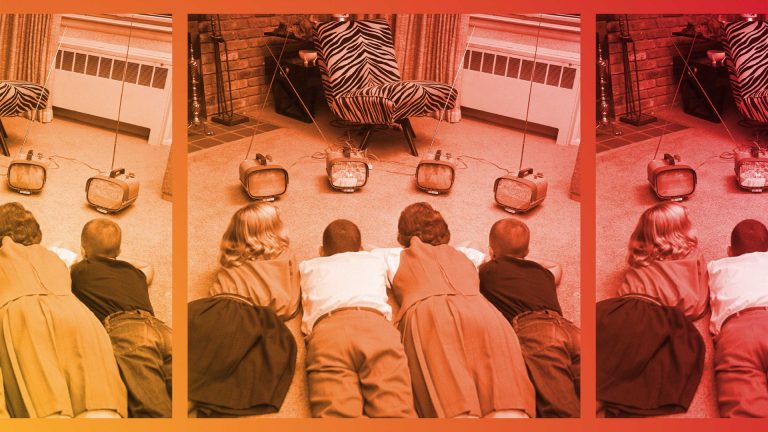
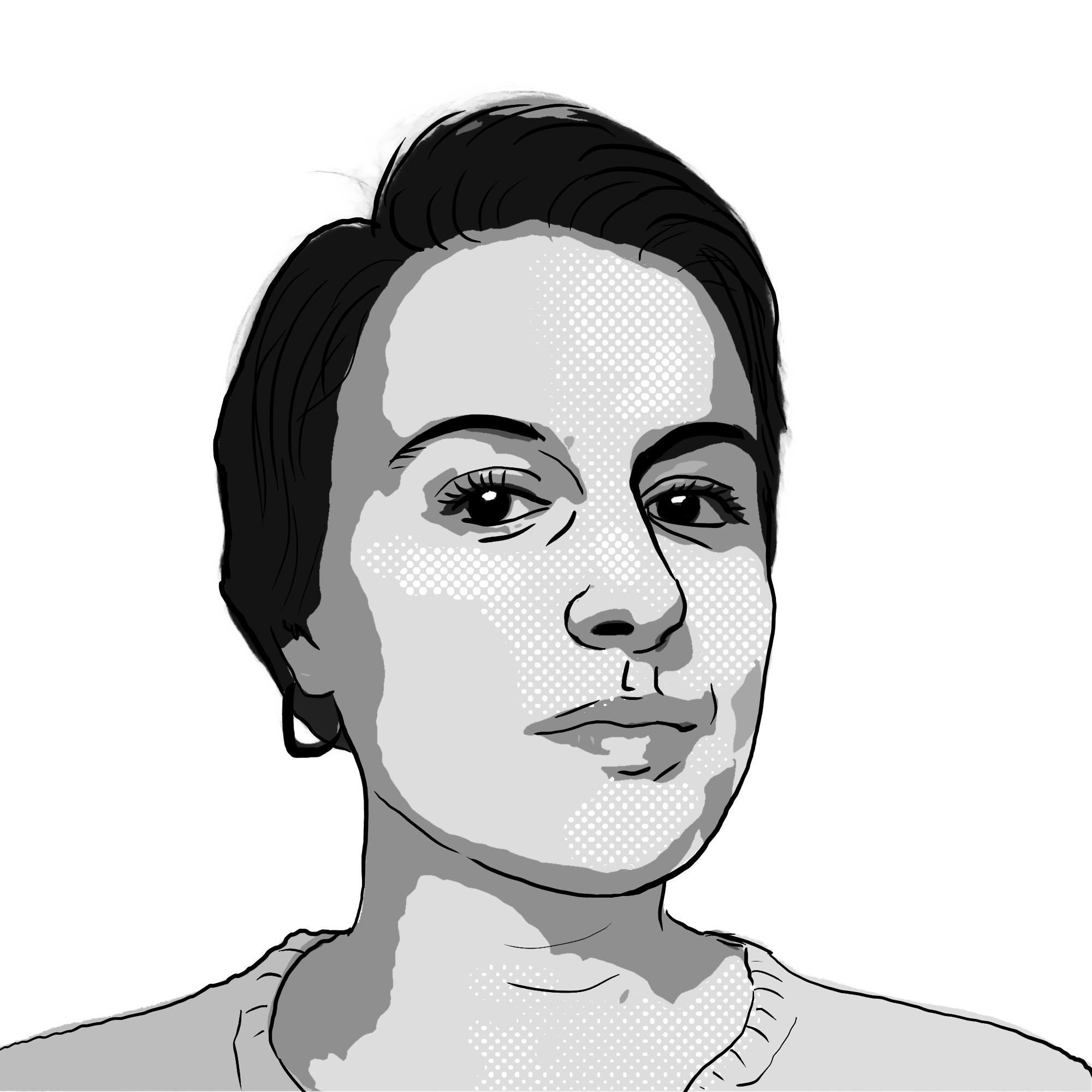
The blandness of algorithmic TV
“At that time, it was a patriarchal society, then there was an accelerated industrial development.
“There was sexual inhibition even because we live in a Catholic country, and that led people in many different and odd directions. And I think that this, also for us, was more interesting than describing the crime itself.”
When you’re dealing with misogyny and sex crime, I ask, how do you depict that sex crime without exploiting it? Without in some ways feeding into the sort of thrill that someone might get from it?
“As a director, doing research for the series was one of the most difficult things I’ve ever had to do in my life,” Sollima says. “We were forced to see images that we would have rather not seen. And we wrote and rewrote many, many times because, on the one hand, you don’t want to push too much to show the murder, because if you’re pushing too much, it is like you are instrumentalising things, and you don’t want to do that. And so we have to take a step back.
“But on the other side, we couldn’t prevent ourselves from telling what was happening, because that would have been a mistake. That would have been a sort of censorship, and we didn’t want to do that either. The point was to strike a fine balance between showing things but not showing too much. We had to show the minimum in order to make people understand the brutality of the murders.”
I ask about the proliferation of true crime series, but Sollima wants to be clear: “We never did a true crime story before,” he says. “Leonardo and I, we did Gomorrah and ZeroZeroZero, but I wouldn’t call that true crime.”
So why The Monster of Florence? “We were struck by the story,” Fasoli says. “I couldn’t stop reading about the case for six or eight months, and I just became obsessed with it. People are obsessed about what is happening in those people’s minds. What makes them go beyond reality? Because, on the one hand, in the past, everything seemed to be very brutal, and now things have become quite ordinary, quite normal. So why is that?
“And so it was fascinating for us. It was an attempt to go beyond that, to understand what was happening. There are these different versions, and you see that the horror is that you cannot access the truth. It’s impossible to get to the truth. It’s all different versions.
“We decided not to tell about the hunt for the Monster of Florence, but to tell the story of all the different suspects. And so we’re not just agreeing on one assumption, but we have decided to tell about all of them without taking a stance, then it’s going to be up to the audience to decide. But we don’t want the audience to be polluted by our ideas or our vision.”
The series’ closest inspiration seems to be Zodiac (2007), another film about a mysterious killer who preyed on couples. Like in David Fincher’s movie, the costumes and setting are rigorously faithful to the period and the songs that play on the radio during the murders – incongruously including Vangelis’s Tears in Rain from Blade Runner – are those that were actually playing at the time.
A limit to this authenticity stopped at talking to the families of the victims, however. Fasoli says this was “a moral choice, because it seemed to us to give them more pain, making them recall the story that was very painful for them. It would have been totally useless, because we were already familiar with the information, because we could read it in the transcripts. We wanted to respect them without having contact with them.”
The intentions are expressed sincerely. Yet one of the main failings of the show – for me – is that it is a mere four episodes long and focuses on what seems to be a dead end. Pacciani appears in a cliffhanger in the final episode, making a second season look inevitable. Is it happening?
“We want to take a break,” Sollima says. “We want to go on holiday. But I mean the story, it’s much longer. There are another three or four suspects we’ve yet to explore.” And, of course, murder is big business.
The Monster of Florence is streaming on Netflix now


